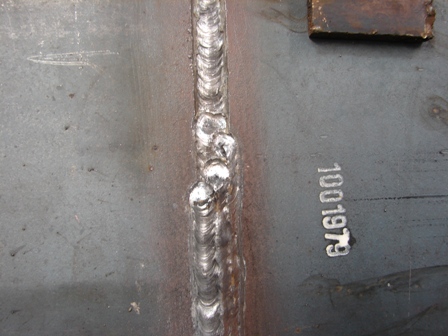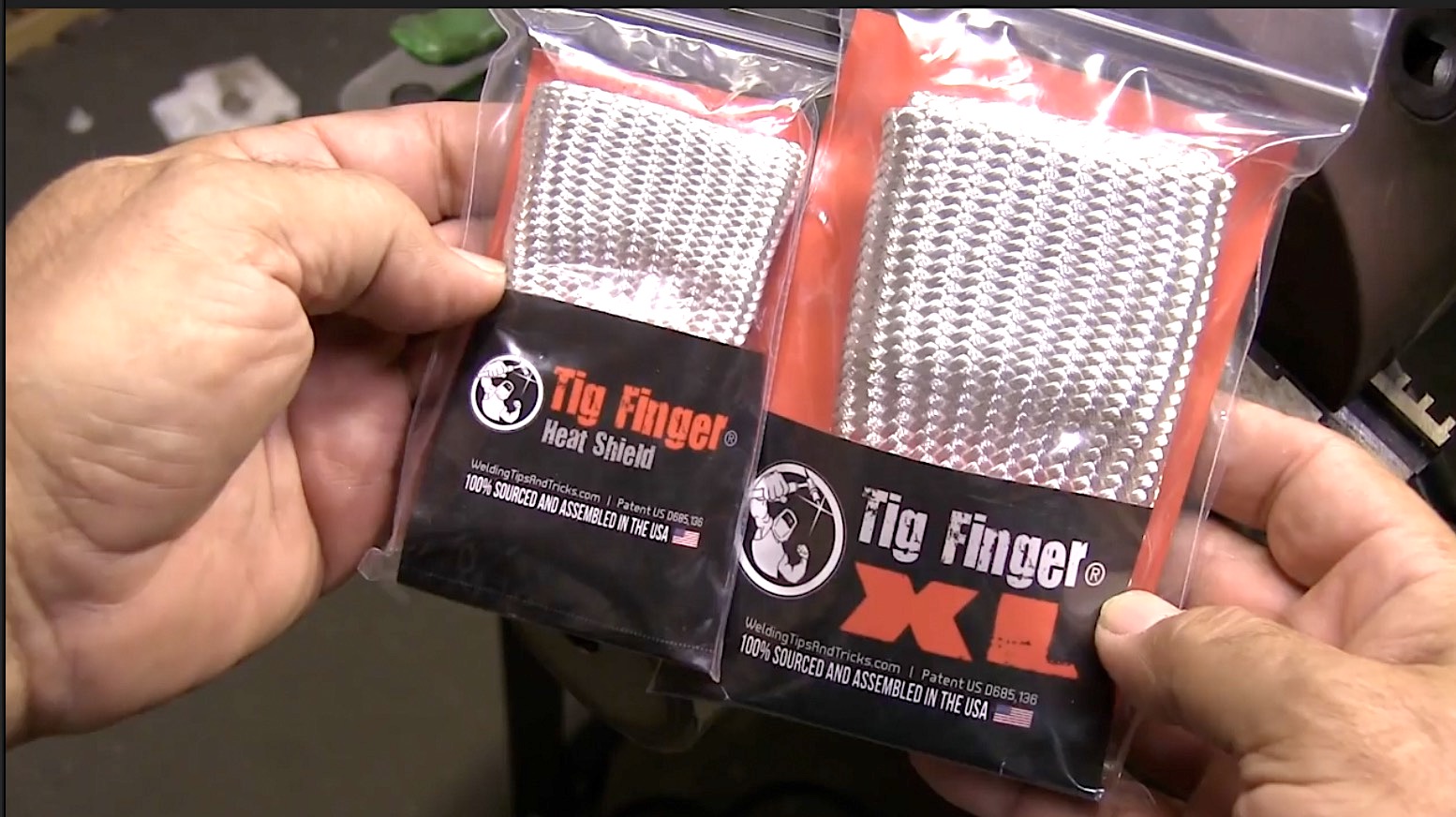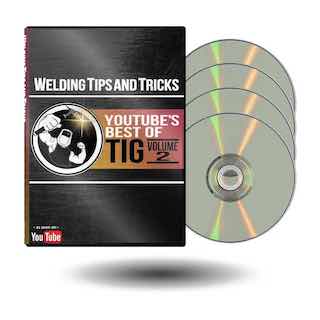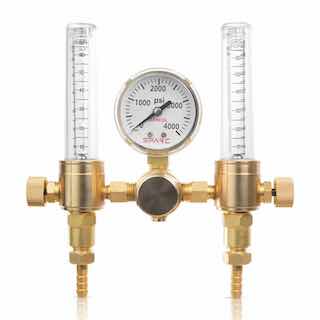Welding Certification Practice Part 2
Not what you searched for? Try this Search Tool.

Custom Search
"Not all welding tests are fair, but they all count "
In last weeks part 1 of
practicing for a welding certification test video , we talked about how to get some decent practice for a welding test... even if you don’t have access to pipe.
The best way to practice for taking a welding test is to do the exact same test as given...period.
In other words, if the test is on 6 inch schedule 80 pipe with a tig root and second pass, with a 7018 stick fill, then that is exactly what you should practice.
But.... if you don’t have any pipe, and don’t have access to a training facility willing to let you practice for a day or so, then you might need to improvise.
Some practice that is similar to the test will be better than none at all. For this welding certification practice , we used 3/16” thick by 2” wide flat bar and tacked it up with a 1/8” gap and at about a 90 degree angle inside corner joint.
This joint requires roughly the same amperage (roughly 100-110 amps) and technique as a 37.5 degree beveled pipe with a 1/8” gap so it is good practice leading up to a pipe joint….and you can set as many of these joints up and in as many positions as you want to get the feel for all the different positions required by a 6g pipe test.
Again, pipe is the best practice for pipe.
This joint is just good practice in preparation for a pipe welding certification test, .. when no pipe is available.
And if you are not even remotely about to take welding test, this video can still teach you a little something about overhead stick welding.
One thing about stick welding overhead is to have the amperage about the same as you would weld flat right on the bench. But for pipe welding the bottom is technically overhead but very quickly, the position changes to vertical uphill....so you cant use quite as much amperage as you would for just plain overhead.
And One very important tip for the stick part of a tig /stick test is to make sure you have enough metal welded in before jumping on the stick.
I put a root and second pass in a set of 37.5 degree 3/8” thick beveled plates and still managed to blow thru with the stick. I was running kinda hot and there was not enough thickness to handle it.
I should have ran a layer with a 3/32 7018 before jumping on the 1/8”.
I remember doing the same thing on my very first welding test. It was a 2” schedule 120 tube 6g test with a 3/32” 6010 root followed by 7018.
A 3/32“ 6010 puts down a really thin root.
I remember having to use the companies mandated plastic welding lens and it kinda warped the puddle so it was hard to see and I was running hot trying to make sure I burned out all the slag from the 6010 root.
At about 9 oclock it was all over.
The welding certification test inspector showed me the door…
And here I am 33 years later making the same mistake trying to shoot a welding video….I guess I really am a slow learner.
I could have just edited it out, or started over…but then we would waste a good learning opportunity. Its not about me anyway, but it is about folks trying to feed a family and needing to be able to pass that welding test so they can get a paycheck.
Anyway, last week we talked about 2 ways to weld the root. Laywire using a scoot technique, and the keyhole dip technique. Both ways work. One is prettier while the other is slower but more bulletproof.
I remember one job I worked where the supervision tried to get everyone to adopt the keyhole technique because the laywire root pass technique was fooling some of the xray inspectors because of the straight lines on the sides of the root pass. So the ugliness of the keyhole technique actually helped the xray results…go figure.
Weaving vs stringer beads


On a 6g welding test, there is really no other way than using stringer beads.
But what about a 3g (vertical) plate test or a 5g pipe test ( where the pipe is running horizontal and the weld is straight vertical)??
Both 3g plate tests and 5g pipe welding certification tests have you welding straight uphill. ( unless you are pipeliner welder...in which case you are not reading this anyway)
When welding uphill, you sometimes have the choice of stacking stringer beads next to each other or running weave beads.
So which is best?
Here is my take on it…
A weave pass is less likely to trap slag but can affect the properties of the weld joint.
Weaving generates more heat input and causes a certain amount of stress that engineers try hard to avoid. You will find that some welding procedures prohibit weaving.
That being the case, you need to know how to weld without weaving..and with.
The trick to a good weld using stringer beads is to always plan one bead ahead…especially the second to the last bead in each layer of beads.
You have got to leave enough room to get that last bead in without pinching yourself too tight in the corner.
If you don’t leave enough room for the last bead, you cant burn deep enough no matter how hot you run.
Its better to leave too much room and have to come back and even things up later than it is to not leave enough room and not penetrate.
In this video , we set up a 3g plate test and after the tig root and second pass. A 7018 1/8" rod is used for a weave pass.
Somehow, the footage for the cover pass is missing.. getting old sucks.
peace out.
Jody
exit welding certification practice and check out the Tig Finger















